While the community pays attention to venture capital in startups in Vietnam, Shuyin Tang (Australia) has set up a fund to lend to small and medium enterprises, a segment she believes is being neglected.
Shuyin Tang still clearly remembers the first day she arrived in Vietnam. It was the second day of Tet 2013, when the streets of Hanoi were emptier than Christmas in Australia. "I came to work in social impact investing. It was a new industry at the time, especially in Asia. When the opportunity arose in Vietnam, I jumped at it," Shuyin said.
The contract lasted for one year, but it was enough for Shuyin Tang to fall in love with the country and find a way to stay. Her contract was renewed and 10 years passed, making Vietnam her second home. Here, she not only started a business with an investment fund, but also took on a new name, Duyen, loved wearing ao dai and eating crab vermicelli soup with lots of fried onions.
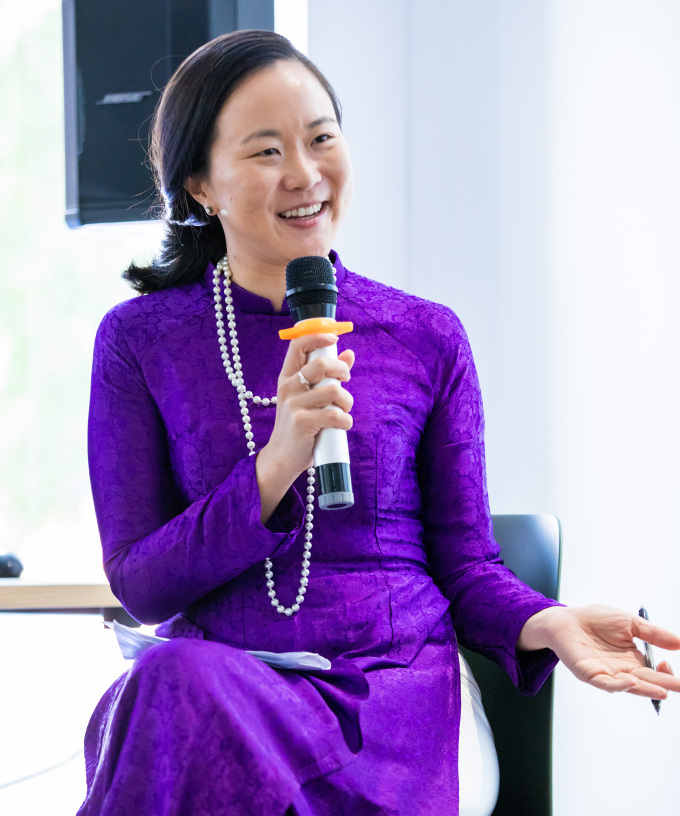
Shuyin Tang wearing purple dress. Photo provided by character
Opportunities from neglected segments
Working in the investment sector in Vietnam, Shuyin Tang was curious about bringing capital to small and medium-sized enterprises (SMEs). They make up the majority of businesses in Vietnam, but have not received as much attention as startups recently.
SMEs are in what she calls a “neglected segment”. “They are too small for private equity (PE), too big for microfinance, do not fit the growth model of venture capital (VC) funds and do not have effective access to bank capital,” she describes.
According to Shuyin, many SMEs deserve access to capital but are severely undervalued. Not only do they lack the attention and appropriate financial resources, but they also lack the strong support ecosystem that startups have. Therefore, she wants a different model from traditional VC and PE funds.
That was the opportunity for Shuyin to co-found Beacon Fund. Unlike VC, as a debt investment fund, Beacon does not exchange capital for shares and does not interfere with the company's business operations. Their lending methods are also more flexible than banks. While banks lend based on collateral, usually real estate or savings books (usually not more than 70% of the collateral), this fund lends up to a maximum of $2 million in the medium term, depending on capital needs and repayment potential.
They accept collateral such as inventory, receivables, shareholder equity, intellectual property, and confidence in the future. "The story behind the numbers is important, we focus on the business's internal strength and what the business can achieve rather than what they own," she explains.
In terms of target audience, the fund targets SMEs owned or led by women. According to Shuyin Tang, within SMEs, the challenge is even greater for businesses led by women, due to gender biases and family care pressures.
However, they are not required to invest in companies that are all women or have a female CEO. “In fact, the vast majority of the companies we invest in are diverse and have women playing a significant role — but certainly not exclusively — in leadership and ownership,” she added.
Go "cockroach hunting" during the pandemic
Defining the difference and what she wanted to do in a market that was supposed to have potential, but her fund was launched in a harsh reality. It was 2020, Covid-19 created a challenging macro environment. Many investors paused their capital allocation to emerging markets, businesses also reconsidered their expansion plans and fundraising to find ways to survive.
But thanks to that, Shuyin has experienced “opportunity in danger”. “At a private equity conference, I described the companies that the fund invested in as ‘cockroaches’,” she says. Lack of access to capital means that struggling businesses have to focus heavily on cash flow to survive. Their resilience is like that of cockroaches. “So while most investors talk about hunting unicorns (startups valued at $1 billion or more), we’re hunting cockroaches!” she says.
With the support of early investors such as Visa Foundation (USA) and Sasakawa Peace Foundation (Japan), Beacon started "cockroach hunting" and faced a difficult reality. The concept of debt investment is still new in Vietnam. When it comes to raising capital, most people often think of VC. The growth of VCs and startups has made them a popular choice, while when it comes to borrowing, the fear of debt dominates.
“I admit that taking out a loan can seem intimidating at first to some business owners, but if the company has a stable cash flow and a clear business plan, it is often a cheaper option than taking on equity investment,” she said.
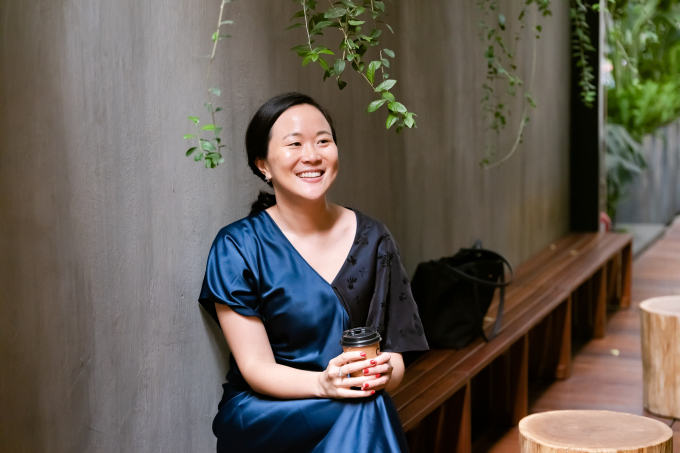
Shuyin Tang, Co-founder of Beacon Fund. Photo provided by character
To help entrepreneurs choose the right funding channel and also to spot the “cockroaches,” Shuyin encourages founders to ask themselves: Can my business model grow revenue 2 or 3 times per year? Am I addressing a billion-dollar market? Do I want to exit my business in a 3- to 5-year time frame?
“If the answer to these questions is ‘yes,’ VC is probably for you. If not, it’s worth considering other options,” she recommends.
In the next step, Shuyin "sifted" for gold using three main factors. First, the fund looked at the founding team's capacity and reliability. Second, financially, they "scrutinized" the cash flow, ensuring that the company would generate enough cash flow to repay the loan, and were willing to cooperate with the business when they encountered difficulties.
Finally, they look for measurable social or environmental impact. In addition to focusing on promoting gender equality, funds are also interested in other impact goals such as making high-quality education more accessible or promoting sustainable agriculture .
To date, the fund has invested in six companies. One of the impressive SMEs receiving Shuyin capital is MindX, a coding school system for students in grades 5-12 and teenagers. The fund made its first disbursement in November 2021 and continued to participate in a Series B round worth a total of $15 million, led by Kaizenvest (Singapore).
Last year, MindX opened 18 new centers and grew revenue by 88% while maintaining positive cash flow. As of June, the chain had 41 centers and 9,557 students. Nguyen Thanh Tung, Co-founder of MindX, said that working with Beacon helped them realize that there were other paths besides raising VC funding.
"As a debt investment fund, their working process is practical, thorough and rigorous, especially in terms of financial indicators compared to equity investment funds," said Tung. Nguyen Thi Thu Ha, Co-founder and CEO of MindX, said this helps the company prepare for larger funding rounds.
“The questions they asked during the due diligence process and throughout the partnership really challenged us to think about our business direction and strategy,” Ha said. That, she said, was a value-add, beyond the loan.
Impact investing is a rapidly growing sector worldwide . The Global Impact Investing Network (GIIN) estimates the market to be worth $1.164 trillion by 2022, marking the first time it has crossed the $1 trillion mark. Beacon recently received new backing.
Following US President Joe Biden’s visit to Vietnam, this fund, along with VPBank and TPBank, are three Vietnamese organizations that have signed agreements with the US International Development Finance Corporation (DFC). In particular, DFC committed to cooperating with Beacon Fund for 50 million USD to invest in businesses.
Shuyin and his team are currently looking for new businesses. They are interested in the education and healthcare sectors because they tend to have stable, predictable cash flows, capital needs for expansion, and social impact.
In 2015, Shuyin was named one of the country's "100 Women of Influence" by the Australian Financial Review. In addition to co-founding Beacon, she currently serves on the Board of Directors of the Equality Fund and the Impact Investing Council of the Global Private Capital Association, and Chair of the Cartier Women's Initiative's South and Central Asia Jury.
Asked how a woman can run a business and juggle so many tasks, Shuyin suggested first taking care of herself and learning how to manage her time and energy, as they are her most precious resources. “Some people might say it’s selfish, but only by taking care of yourself can you present yourself to others and the world the way you want,” she said.
Telecommunications
Source link








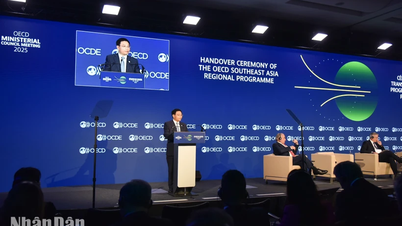



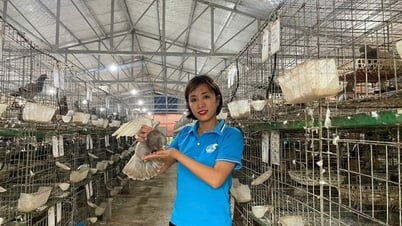






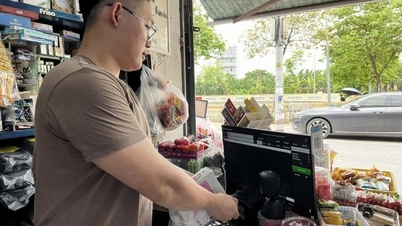









































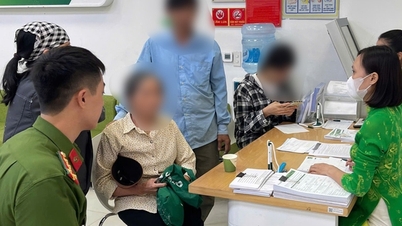

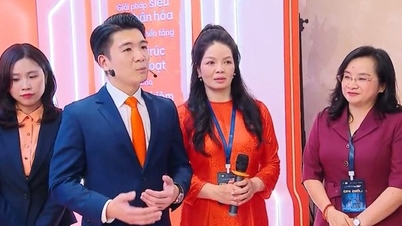
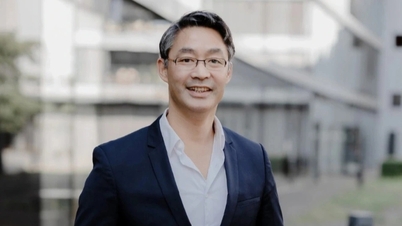


















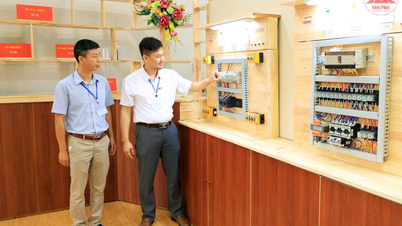

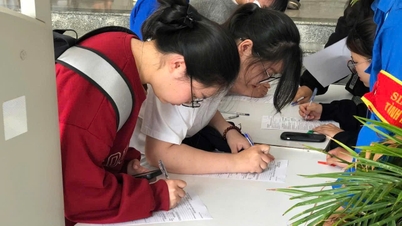

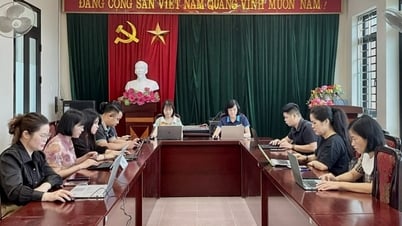



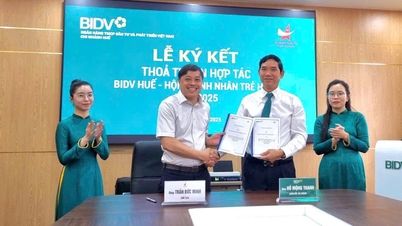








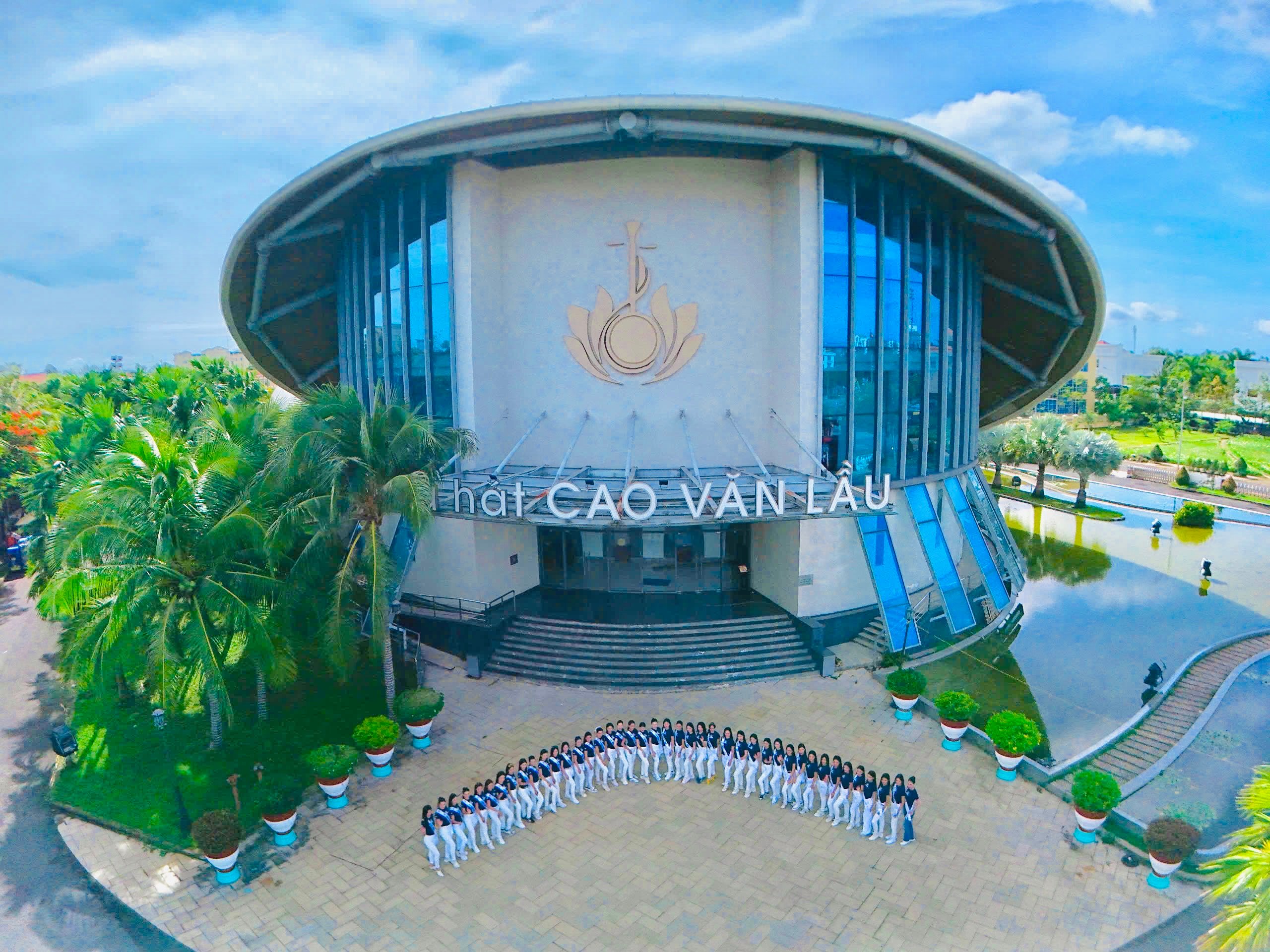



Comment (0)